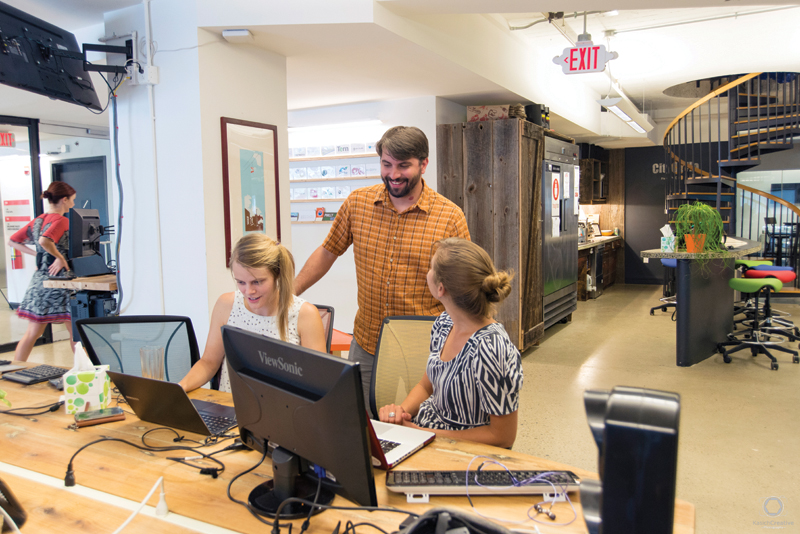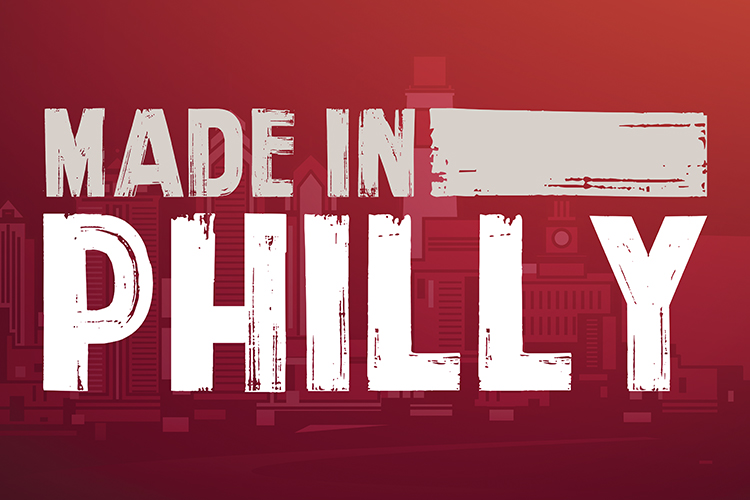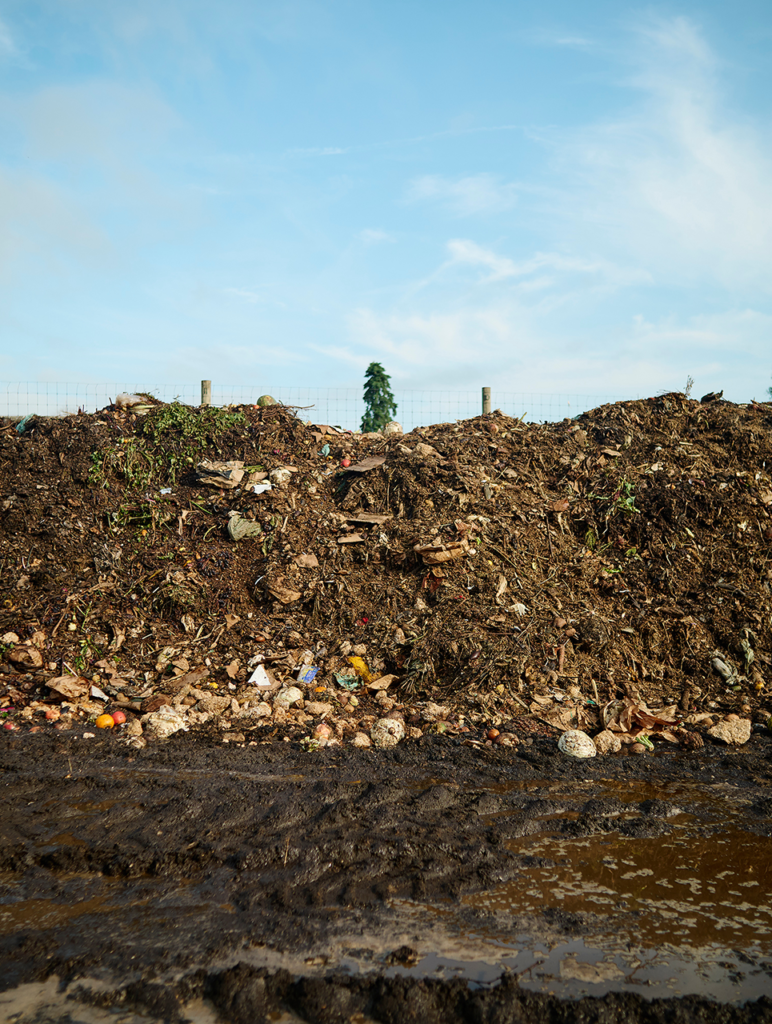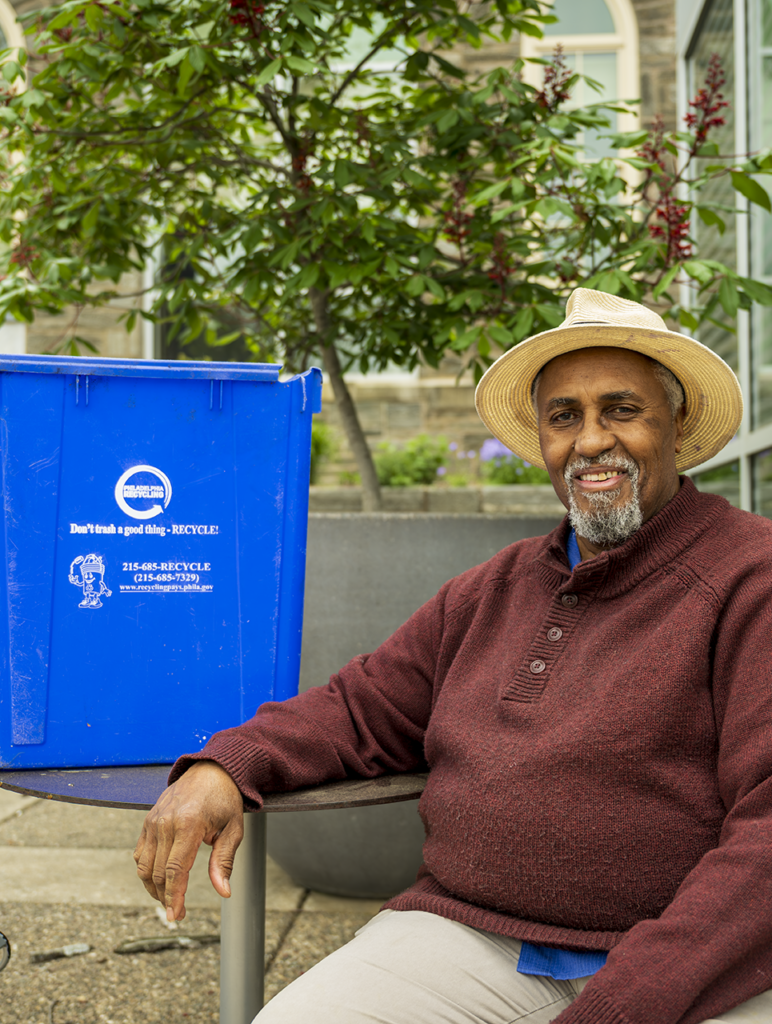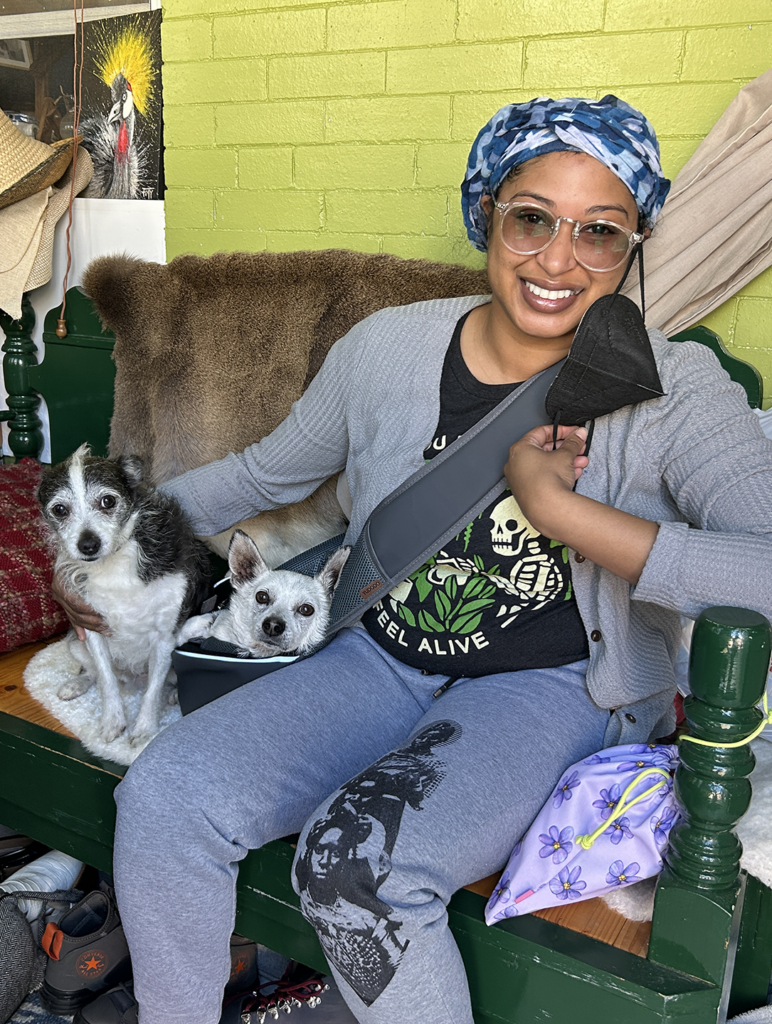Photo by Plate 3 Photography
A New Kind of Networking
by Justin Klugh
When Drexel grad and current adjunct professor Max Zahniser returned to Philadelphia in 2007 after three years working in Washington, D.C., as a green building consultant, he was heartened to see that Philadelphia’s robust sustainability movement was thriving.
But after talking with people involved in “green” initiatives throughout the city, he became concerned that uncoordinated and diffuse organizations operating independently risked holding the greater movement back; he started brainstorming a way to pull more people together. Paul Hawken’s 2007 bestseller Blessed Unrest, which detailed successful environmental movements around the world—many of them led by indigenous people—served as inspiration. Zahniser decided to start a nonprofit organization, but he also committed to making change by launching a business.
The nonprofit, Sustainability NEXUS, helps bring the 35-year-old architectural and green building leader’s design experience to bear on the challenge of coordinating a growing group of leadership.
“I thought, maybe we apply some integrative processes to the movement so that it starts to become an actual community,” Zahniser says, “a real ecosystem, so that it can self-manage in a more intelligent and organic way instead of competing with itself and marginalizing itself.”
Zahniser believes that without guidance, there may also be confusion or disagreement over strategies, or duplicated efforts, even among organizations with aligned visions. An even worse scenario: Organizations or individuals may fall into adversarial relationships with one another, rather than forging crucial alliances.
Finding physical space to co-locate like-minded groups was critical; Zahniser’s solution was City CoHo, a co-working space that would give local groups direct access not only to shared resources, but to each other—a place where they could meet and align their work toward various causes.
While it was started with a mission in mind, City CoHo is incorporated as a business. “We partnered with the building owner essentially as both a landlord and investor, so for him, it has to be a profitable business,” Zahniser says. “We don’t see that in any way as diluting our values. For us, it’s just an instrument to be able to support the community with our deeper values.”
Zahniser wanted to put the co-working space equidistant from centers of education and business, and chose an old B&O Railroad building at 2401 Walnut Street in University City that itself would embody the sustainable causes under its roof. He started talks with the owner of 2401 Walnut, the Bedrock Group, and their president, Chuck Block, in 2013.
“Our goal with the building was to make it as green as we could make it,” Block says. “So, when Max approached us with this idea, a co-working space targeting the Philadelphia sustainability community… It’s really a perfect fit with the building.”
Important, perhaps, but certainly not easy. Block and Zahniser ran into a litany of issues as City CoHo was developed. “We went through immense pain and effort to get the building core and shell to where it is,” Block recalls. Everything from prospective tenants wanting to make renovations that didn’t gel with City CoHo’s philosophies to the added expenses of making a building as functionally green as possible, providing challenges for Block at every turn, “Especially given the investment we made and all of the infrastructure to enable this sustainable environment,” he says.
But Block and Zahniser’s persistence has paid off. City CoHo, a co-working and community collaboration space, opened its doors in early 2014. “We were definitely ahead of the curve,” Block says. “There wasn’t a lot of green renovation in the city. But we felt it was very important to get things going.”
“We’re bringing people together in real collaboration—not just a buzzword,” Zahniser explains, comparing the ecosystem of the sustainability movement to the green structures he has spent his career designing and constructing. “When we just throw money at windows, or we just throw money at the HVAC system, and we don’t look at how that should come out of a different system somewhere else, we create more expensive, only somewhat more efficient buildings.”
It was also important for the space itself to reflect the values of the tenants and co-workers he wanted to attract.
“I wanted to be in a building that wanted to be greener than typical,” Zahniser says. The place came equipped with a green roof, a rainwater collection system and enlarged windows; and thanks to Zahniser’s work with the owner, City CoHo will achieve a platinum LEED rating—the highest rating of a system that measures a building’s green infrastructures—for the core and shell of the building “within a year,” while the same rating is pursued for its commercial interior as well. It has been a long haul for the entrepreneurs.
The space now houses groups such as the Sustainable Business Network, a recent tenant, and the Delaware Valley Green Building Council, the original anchor tenant for the space. Shared features include a media room, conference rooms, work stations, and even ping pong tables and a PlayStation 3.
Coming from a central, yet far from sustainably managed, location at One Penn Center, SBN Executive Director Jamie Gauthier says the move was a long time coming. Fresh on the job in March 2013, Gauthier had received a phone call from Zahniser about the idea of relocating before she had even settled in. “I barely knew where the bathroom was,” Gauthier laughs. “Back then, we were smack dab in the middle of a lease, and I couldn’t figure out how to get out of it.”
However, when SBN’s lease was up, the appeal of the new location that Zahniser had been pitching for over a year was too good to pass up. “We knew [City CoHo] was sustainably built, sustainably managed, and we knew there was a community here of sustainable businesses and nonprofits and that was very attractive to us,” Gauthier says. “It’s very modern, I love the look and the feel of the building. There’s lots of light, glass; it just has a very modern, kind of sleek feel. We like the energy here; it has a very different feel than the place where we were. You can feel the energy.”
With this much appeal, City CoHo has attracted more than just sustainability-minded individuals and groups; members of the tech and financial industries are also booking time there. The unforeseen mix of tenants has brought even more bubbling ambition into the effort, which Zahniser calls, “a positive confidence. The folks in the sustainability movement can really benefit from it.”
Naturally, Sustainability NEXUS has no intention of stopping at 24th and Walnut. A second for-profit space similar to City CoHo is coming to Mt. Airy next year, and a center for sustainable innovation and education is in the works that will likely house a combination of for- and nonprofits. Lots of people are ready to help; it’s just a matter of giving them the space.


